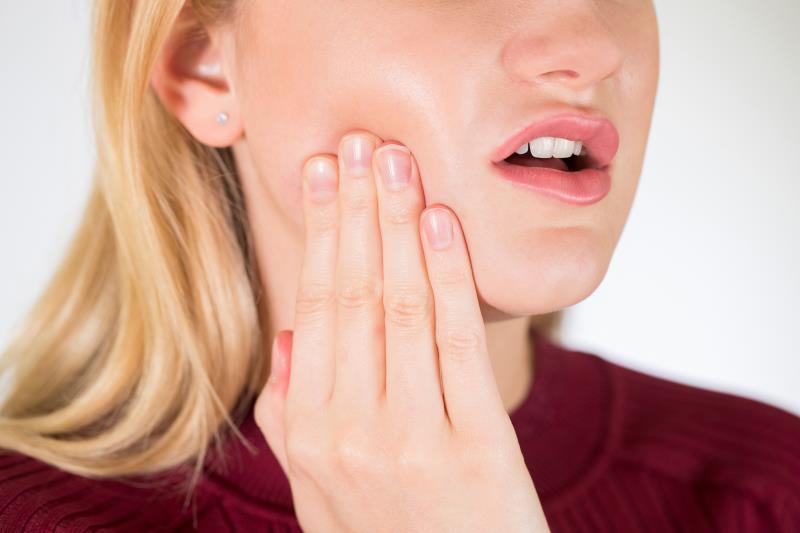
Combination therapy using the DMARDs* leflunomide (LEF) and hydroxychloroquine (HCQ) was effective and safe in patients with primary Sjögren’s syndrome (SjS) with moderate to high disease activity, results of a Dutch trial have shown.
There remains no effective treatment for SjS despite evidence reflecting the efficacy of conventional and biological DMARDs. [Autoimmun Rev 2018;17:480-492] “The absence of clinical efficacy … is probably explained in part by the vast redundancy of the immune system. Therefore, we hypothesized that simultaneous targeting of several cell types and inflammatory pathways involved in primary SjS immunopathology is a prerequisite for potent immune inhibition and effective treatment,” said the researchers. [Curr Rheumatol Rev 2017;13:5-22]
Given the favourable immune-inhibitory effect of LEF-HCQ in an in vitro study, [Expert Rev Clin Immunol 2019;15:801-808] as well as their acceptable individual safety profiles, the team evaluated the efficacy and safety of this combination in 29 individuals with primary SjS. Participants were randomized 2:1 to receive LEF 20 mg and HCQ 400 mg daily or placebo for 24 weeks. [Lancet Rheumatol 2020;doi.org/10.1016/S2665-9913(20)30057-6]
At week 24, after adjusting for baseline values, the mean difference in ESSDAI** score in the LEF-HCQ vs the placebo arm was -4.35 points (95 percent confidence interval [CI], -7.45 to -1.25; p=0.0078).
“[This finding translates to] significant decreases in disease activity as measured by ESSDAI … in the LEF-HCQ [vs] the placebo arm … Of the 21 [LEF-HCQ] patients, 52 percent were clinical responders according to EULAR criteria*** [while] none of the … placebo [recipients] were clinical responders,” said the researchers.
On mixed model analysis, the decreasing trend in ESSDAI score was similar between the LEF-HCQ and placebo arms (-1.29 points, 95 percent CI, -3.98 to 1.41; p=0.34). “A possible explanation for this is that several ESSDAI domains contain scores that are sensitive to subjective scoring (eg, the articular domain, in which patients are asked for arthralgia and morning stiffness), potentially contributing to a placebo effect,” noted the researchers. This effect was reverted at week 16 in favour of LEF-HCQ (-3.50 points, 95 percent CI, -6.27 to -0.72; p=0.015).
LEF-HCQ was well tolerated, with mild and manageable adverse events (AEs) reported. The most common AEs tied to LEF-HCQ use were gastrointestinal discomfort (52 percent), modest temporary increases in alanine aminotransferase (48 percent), and short episodes of general malaise and shivering (43 percent). No serious AEs occurred in the LEF-HCQ arm. Lupus-like skin rashes reportedly associated with LEF monotherapy were not seen with LEF-HCQ, noted the researchers. [Ann Rheum Dis 2007;66:1026-1032]
“[Overall,] we showed a clinical … response in patients with primary SjS treated with the combination of LEF-HCQ … The treatment was well tolerated by patients,” said the researchers. Given the small sample size and short study duration, larger randomized trials of this combination therapy are needed to verify the promising results prior to implementation in daily clinical practice, they added.